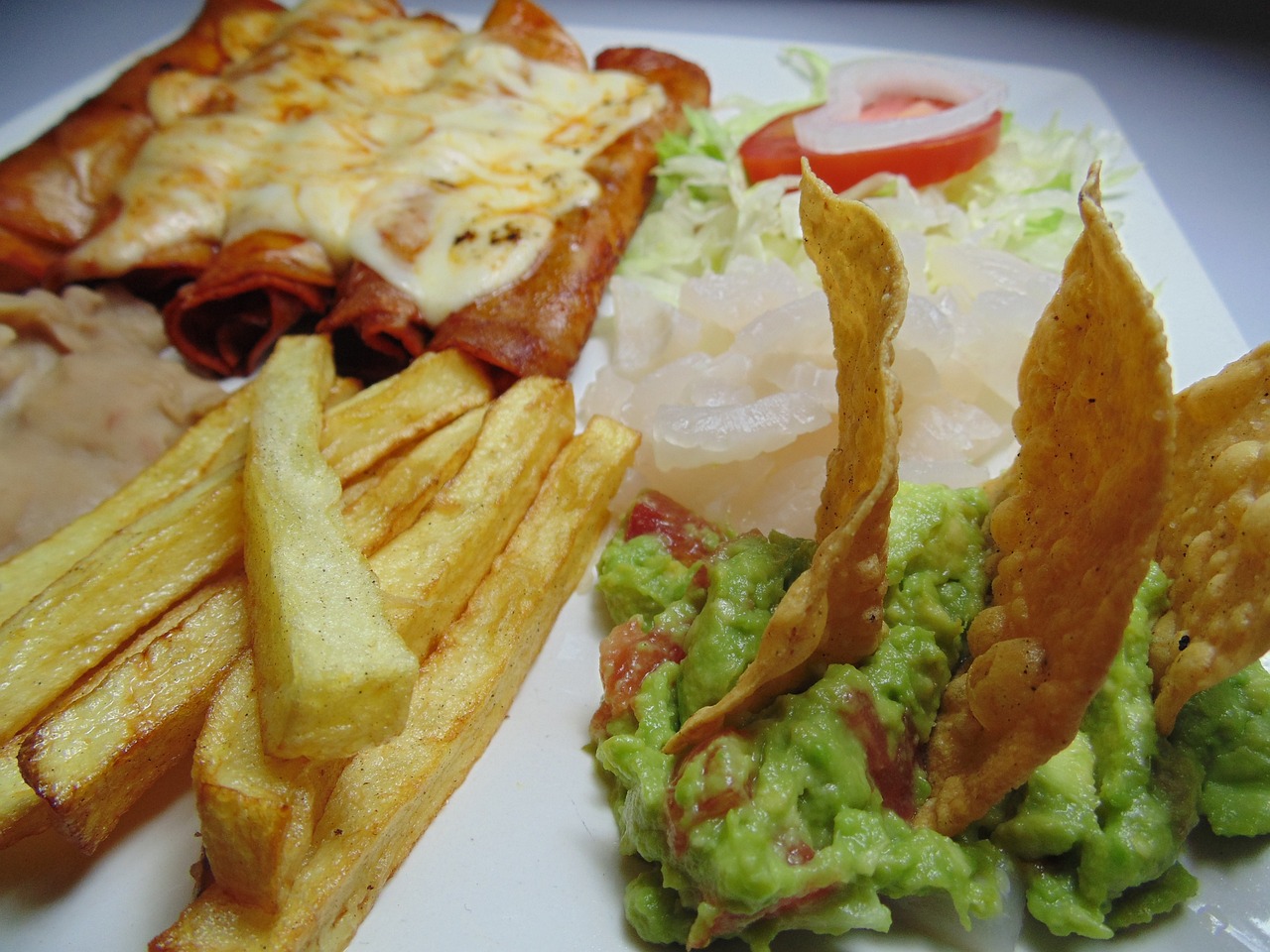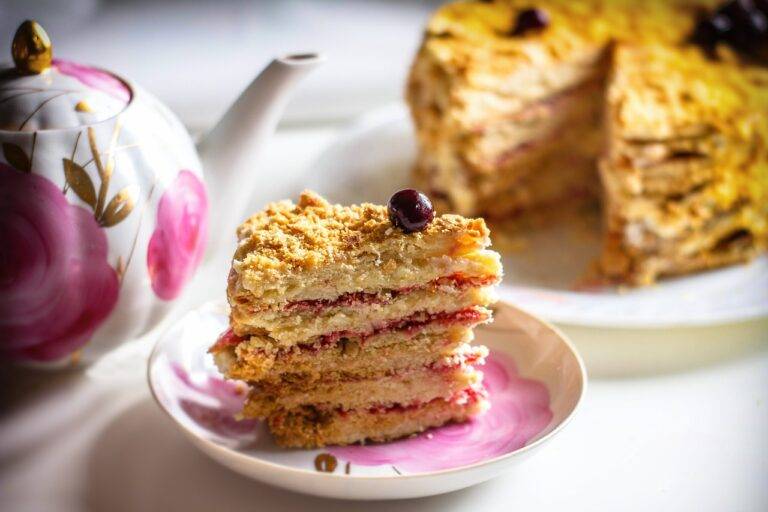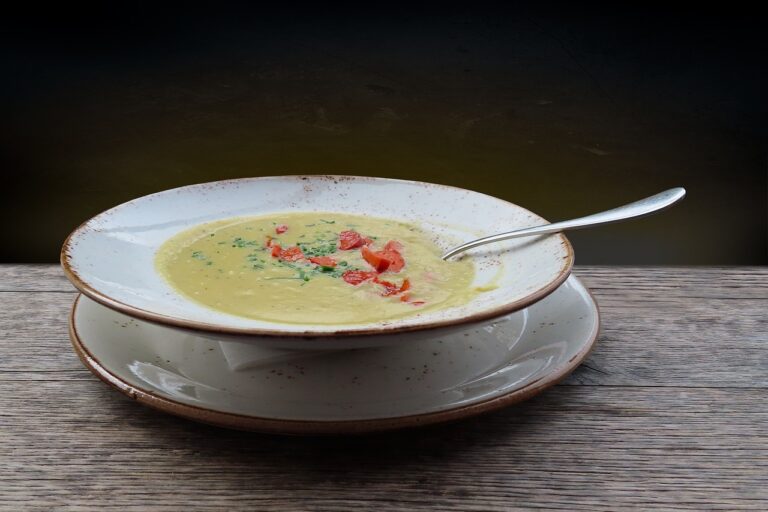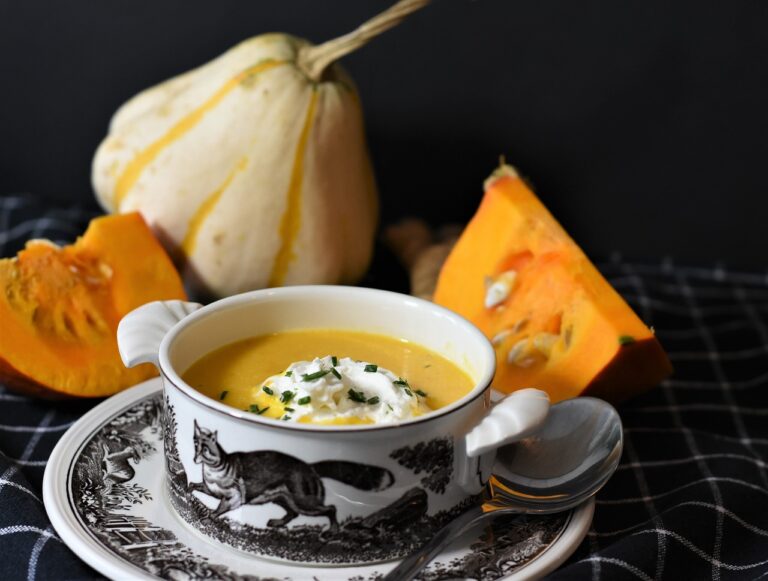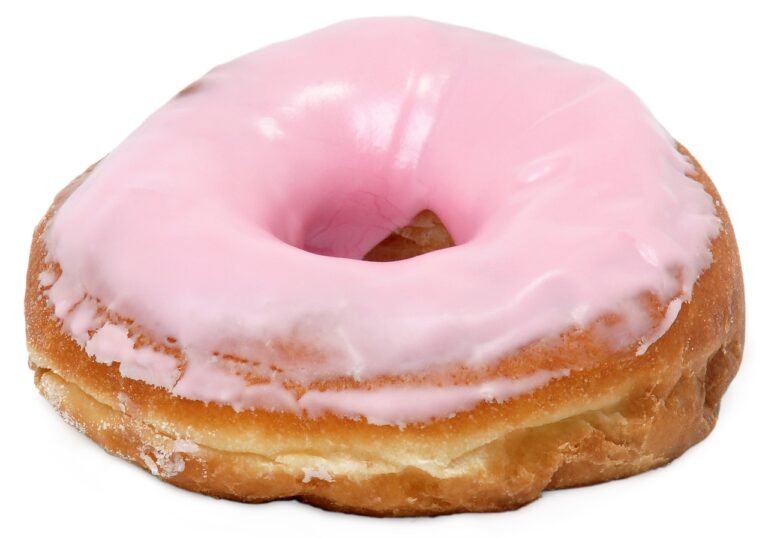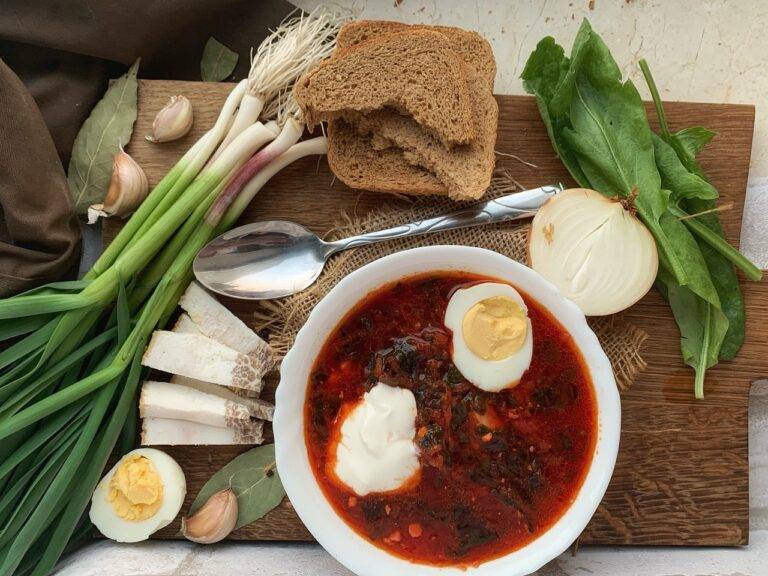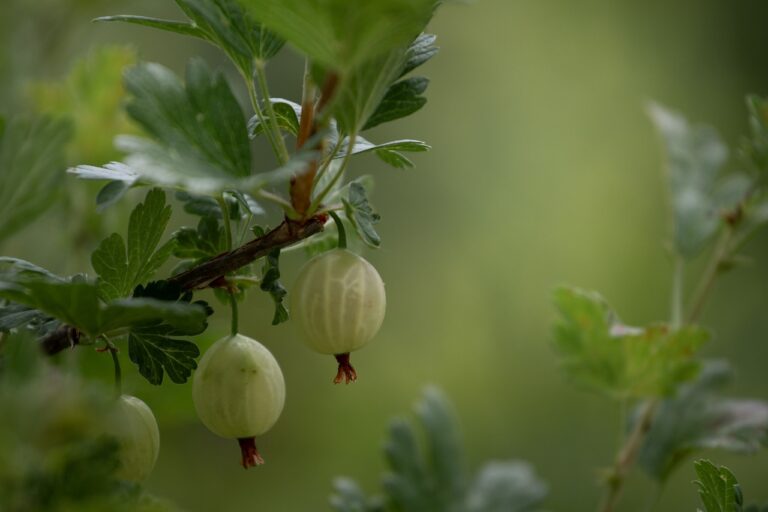The Art of Food Photography: Capturing Culinary Creations
When choosing a camera for food photography, it is important to consider the type of images you want to capture. If you are looking to capture intricate details and vibrant colors of dishes, a DSLR camera with a high resolution and interchangeable lenses may be the best choice. On the other hand, if you prefer a more compact and lightweight option, a mirrorless camera can offer great image quality while being easier to carry around. Assessing your photography needs and preferences will help guide you towards the right camera.
Another important factor to consider when selecting a camera for food photography is the sensor size. A larger sensor can capture more light, resulting in sharper images with better depth of field. Cameras with full-frame sensors are ideal for professional food photography, as they produce high-quality images that can be used for commercial purposes. However, if you are just starting out or prefer a more budget-friendly option, cameras with APS-C or Micro Four Thirds sensors can still deliver impressive results.
Understanding lighting techniques for food photography
When it comes to food photography, lighting plays a crucial role in capturing the essence and visual appeal of the dish. Natural light is often preferred as it brings out the true colors and textures of the food. To make the most of natural light, consider shooting near a window or outdoors during the golden hours of sunrise or sunset for soft, diffused lighting.
For indoor photography or when natural light is not available, artificial lighting can be used to create the desired mood and ambiance. Softboxes, diffusers, and reflectors are common tools used to manipulate artificial light and reduce harsh shadows. Experimenting with different angles and intensities of artificial light can help highlight key elements of the dish and enhance the overall composition of the photograph.
Composition and framing in food photography
When it comes to food photography, composition and framing play a crucial role in capturing visually appealing images that entice the viewer’s appetite. The way the elements within the frame are arranged can make a significant difference in the overall impact of the photograph. Pay attention to details such as the placement of dishes, utensils, and garnishes to create a harmonious composition that draws the eye in.
Experimenting with different angles and perspectives can also elevate the composition of your food photography. Try shooting from various heights and distances to add depth and visual interest to your images. Play around with overhead shots, close-ups, and wide shots to find the most flattering angles for each dish. Remember that the goal is to showcase the food in the most appetizing way possible, so don’t be afraid to get creative with your composition and framing choices.
Why is composition important in food photography?
Composition plays a crucial role in food photography as it helps create visually appealing images and draws the viewer’s attention to the main subject.
How can I improve my composition skills in food photography?
To improve your composition skills, you can practice by experimenting with different angles, perspectives, and arrangements of the food. Additionally, studying the work of professional food photographers can also provide valuable insights.
What are some common composition techniques used in food photography?
Some common composition techniques used in food photography include the rule of thirds, leading lines, framing, symmetry, and negative space. Experimenting with these techniques can help enhance the visual appeal of your food photos.
How does framing impact food photography?
Framing helps to focus the viewer’s attention on the main subject and create a sense of depth in the photo. By carefully framing your shots, you can highlight the textures, colors, and shapes of the food, making it more visually appealing.
What is the role of lighting in food photography composition?
Lighting plays a crucial role in food photography composition as it can dramatically affect the mood, colors, and overall look of the food. Understanding different lighting techniques and how to manipulate light can help you create stunning food photos.

